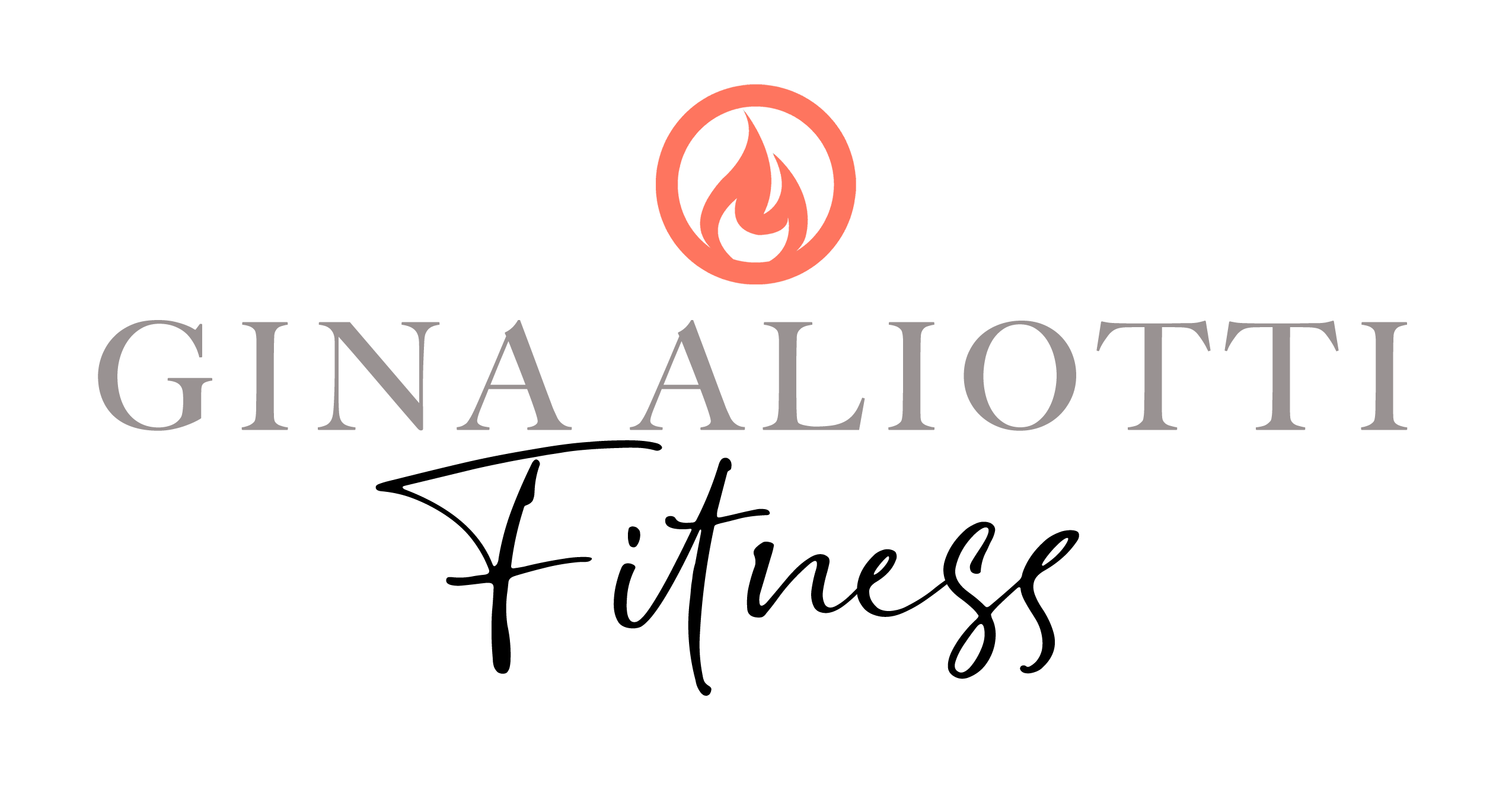If you’ve visited a gym, physio or fitness studio in the past few years, you’re probably no stranger to seeing at least a couple of foam rollers loitering around. And on more than one occasion you’ve witnessed someone with a pained expression roll up and down this seemingly harmless device.
So, what’s the go with foam rolling and why do we regularly include it in your Move Plan on the Active Living Program?
Foam rollers are a great tool to use as a part of your recovery and general ‘maintenance’ to keep your body in tip top condition and reduce the chance of injury.
THE BENEFITS OF REGULAR USE OF A FOAM ROLLER AND STRETCHING INCLUDE:
- Increased flexibility and mobility
- Reduced chance of injury
- Decreased muscle soreness/tightness/tension
- Improved circulation and blood flow (and helping decrease lactic acid build up)
- Reduction of stress and increased feelings of relaxation
Foam rolling is basically a DIY deep tissue massage (or self-myofascial release). And when used correctly, can release tension and tightness between the muscles and the fascia (which surrounds the muscle or group of muscles). This releases knots and trigger points as well as stimulating fresh blood flow to your muscles.
Recovery routines incorporating stretching and foam rolling can go a long way to not only speed up your recovery, but also ensure that you’re supporting your body to repair and restore.
Even if you don’t think that your muscles are tight, you will be surprised by the tension that your muscles hold and the relief you feel once this has been released!
FOAM ROLLING BASICS
Essentially, all you need to do is locate the area you want to ‘roll out’, position yourself on the roller and then use your body weight to work the muscle. Slowly rolling up and down, increasing and decreasing pressure as required to stretch the muscle.
You might find that certain points are more sore than others, so you can support your weight as much as required to get the right amount of pressure. This all depends on your personal comfort level and pain threshold. You don’t need to be in tears in order for it to work, but don’t be afraid to allow your body time to ‘release’.
If you find a spot that is particularly tight or sore, try to relax and hold your position there for up to a minute to help release and knots, build up or tension. Don’t forget to adjust the pressure as needed.
Even if it’s uncomfortable, try to relax your muscles as much as possible as you roll through (the whole point is to get rid of tension – not create it!) and most importantly … BREATHE! It can be easy to hold your breath without even realising, so be mindful of your breath and breathe deeply and fully throughout.
Some of the most common problem areas that respond well to foam rolling;
Glutes
Sit on the roller and position yourself comfortably. Cross one leg over the other and roll slowly back and forth. Shift your weight slightly to each side of the glute to work all angles of the muscle.
Switch legs and repeat on the other side.
Hamstrings
Sit on the floor and place your hands on the floor behind you for support and the roller under your knees. Slowly roll up and stop just as you reach your glutes. Roll back down to just above your knees.
To intensify the stretch, you can roll one leg at a time with the supporting leg bent and foot flat on the floor to support and distribute the weight.
Calves
Sit on the floor and place your hands on the floor behind you for support and the roller under your calf. Rest your supporting leg with your knee bent and foot flat on the floor. Slowly roll up and stop just as you reach your knee, roll back down to the bottom of your calf muscle (above your ankle).
To increase the pressure, lift your butt off the floor as you roll.
Quads
Lie face down and place the roller under your thighs. Position your elbows under your shoulders and place your forearms on the floor (similar to plank position). Slowly roll from the above your keens up to your pelvic bone and back down.
Shins
Kneel on the floor with your hands flat on the floor in front of you, just in front of your shoulders. Place the roller under one of your shins, just under your knee. Slowly and carefully shift your weight forwards, rolling down to your ankle. Slowly roll back up to under your knee.
Repeat on the other side.
Back
Lie on your back with the roller just underneath your shoulder blades. Bend your knees and place your feet flat on the floor, ensuring that your feet are parallel. Brace your core and lift your butt off the floor. Slowly roll down to the top of your hips and then back up to your shoulder blades.
I like to finish by lying on my back, with the roller positioned down my spine. Here, take slow deep breaths and relax your muscles. Let your should blades melt down, falling either side of the roller, opening your chest.
I find that this is a lovely way to finish as it opens my chest, gently stretching the pectoral muscles and counteracts any curve in my spine. It’s also super relaxing!
